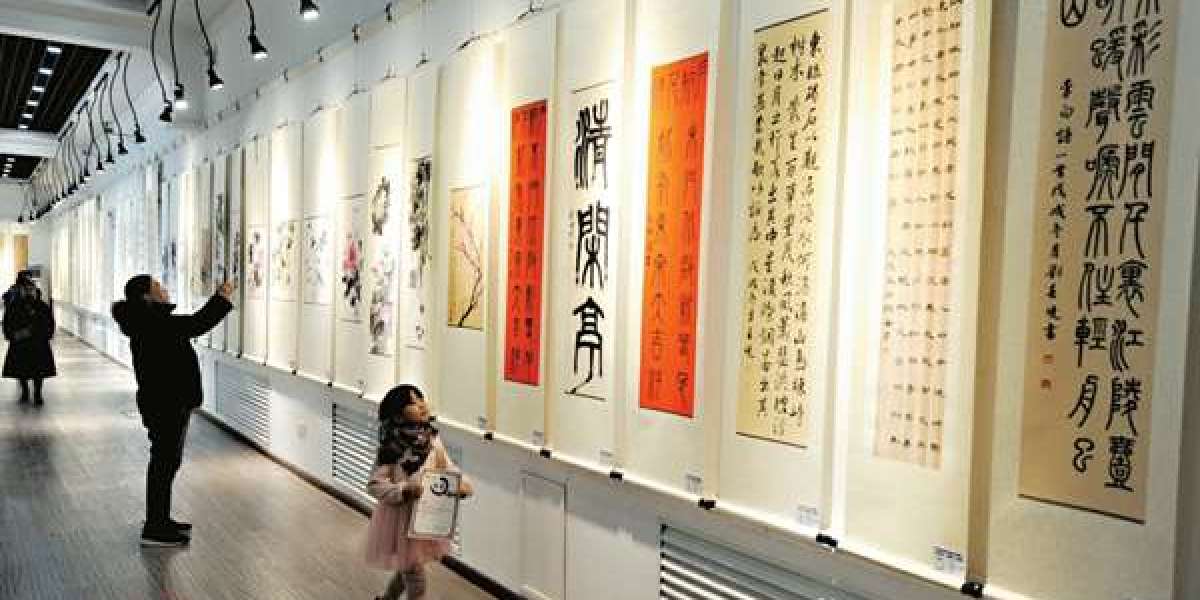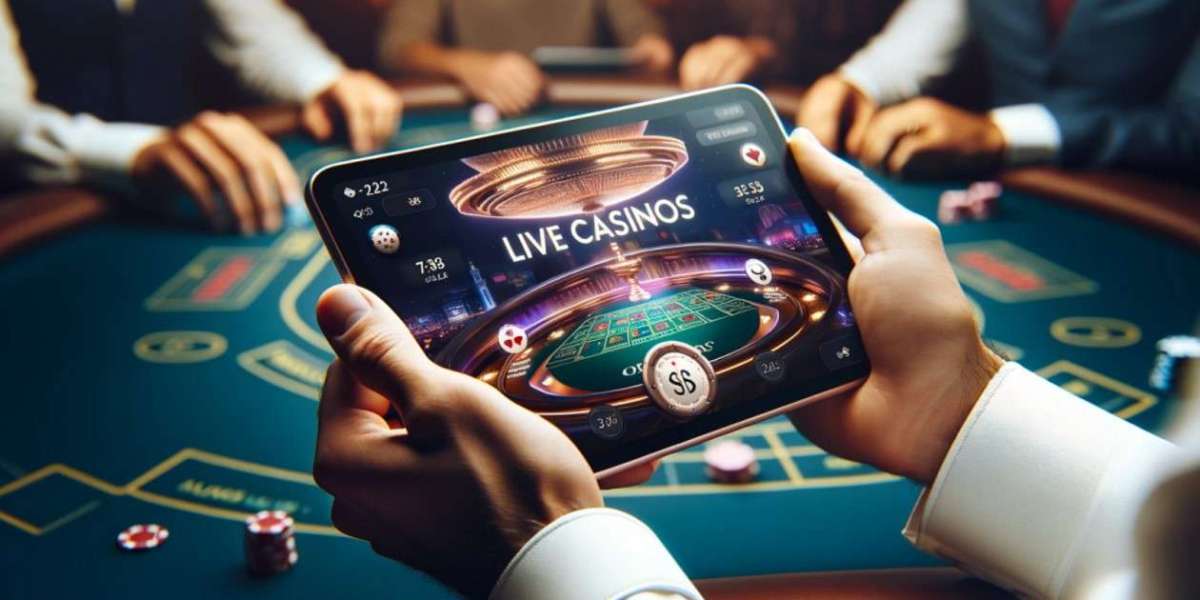Chinese art calligraphy is not merely a way of writing—it's a revered form of cultural expression rooted in over 3,000 years of tradition. At China Art Hub, we delve deep into this symbolic art form, presenting its intricacies, history, and continuing influence with authenticity and precision. Whether you're an artist, collector, or cultural enthusiast, understanding Chinese calligraphy opens the door to one of the world’s richest artistic legacies.
What Is Chinese Art Calligraphy?
Chinese calligraphy (书法, shūfǎ) is the artistic practice of writing Chinese characters using a brush, ink, and paper. It's considered one of the highest forms of Chinese visual art, blending aesthetics with philosophical depth. Unlike western handwriting, Chinese calligraphy values rhythm, balance, and emotional expression as much as legibility.
Major Styles of Chinese Calligraphy
Each style in Chinese calligraphy represents a different era, temperament, and function. Below is a table summarizing the five key styles:
| Calligraphy Style | Chinese Name | Characteristics | Historical Period |
|---|---|---|---|
| Seal Script | 篆书 (Zhuànshū) | Formal, symmetrical, pictographic | Qin Dynasty (221–206 BCE) |
| Clerical Script | 隶书 (Lìshū) | Flat, broad strokes, rectangular | Han Dynasty (206 BCE–220 CE) |
| Regular Script | 楷书 (Kǎishū) | Standardized, clear, widely used | Tang Dynasty onward |
| Semi-cursive Script | 行书 (Xíngshū) | Flowing, semi-joined characters | Jin Dynasty (265–420) |
| Cursive Script | 草书 (Cǎoshū) | Abstract, expressive, quick strokes | Han–Jin Periods |
Why Chinese Calligraphy Is More Than Just Art
Cultural Identity: Reflects Confucian, Taoist, and Buddhist philosophies.
Emotional Expression: Each stroke embodies the mood and energy of the calligrapher.
Spiritual Discipline: Practicing calligraphy is a meditative, almost sacred act.
Educational Legacy: Used for centuries as a moral and intellectual teaching tool.
Essential Tools of Chinese Calligraphy (The Four Treasures)
Brush (毛笔, máobǐ) – Available in soft, hard, or mixed hair for varying flexibility.
Ink Stick (墨, mò) – Traditionally made from soot; ground with water on an inkstone.
Inkstone (砚, yàn) – Stone surface used to grind the ink stick.
Paper (纸, zhǐ) – Xuan paper (宣纸) is most popular for its absorbency and texture.
Calligraphy Techniques You Should Know
Holding the Brush (执笔): Vertical grip is crucial for control.
Stroke Order (笔顺): Left to right, top to bottom.
Pressure Variation: Adjusting pressure creates rhythm and texture.
Breath and Flow: Coordination between breath and stroke fluidity.
Interactive Tips for Beginners
Start with Regular Script (Kǎishū) for foundational discipline.
Practice Basic Strokes like dots (点), horizontal lines (横), and downward slashes (撇).
Watch Renowned Calligraphers to learn their stroke techniques and posture.
Record Your Progress and compare your strokes with traditional models.
Chinese Calligraphy in Modern Times
Despite the digital age, Chinese calligraphy remains relevant in:
Interior Décor: Scrolls and wall art add cultural elegance.
Corporate Branding: Luxury and heritage-focused brands use calligraphy to convey authenticity.
Education: Taught in schools as part of moral and cultural instruction.
Art Galleries and Auctions: Historic pieces from famous calligraphers often fetch millions.
Famous Historical Calligraphers
| Name | Era | Legacy |
|---|---|---|
| Wang Xizhi (王羲之) | Eastern Jin Dynasty | Known as the Sage of Calligraphy |
| Yan Zhenqing (颜真卿) | Tang Dynasty | Merged strength and elegance |
| Su Shi (苏轼) | Song Dynasty | Poet-calligrapher known for fluid style |
FAQs About Chinese Art Calligraphy
Q1: Is Chinese calligraphy difficult to learn?
A1: It requires discipline and patience. Starting with basic strokes and regular practice can lead to steady improvement.
Q2: Can I learn Chinese calligraphy without knowing Chinese?
A2: Yes. While understanding characters adds depth, you can begin with brush techniques and gradually learn meanings.
Q3: What's the difference between Chinese and Japanese calligraphy?
A3: Though both use similar tools, Chinese calligraphy focuses more on structure and rhythm, while Japanese styles are influenced by kana scripts and aesthetics.
Q4: How do I know if a calligraphy piece is valuable?
A4: Factors include the artist’s reputation, historical context, brushwork quality, and preservation status.
Final Thought
Chinese art calligraphy is a timeless dialogue between ink and emotion, structure and spontaneity. At China Art Hub, our dedication to this discipline ensures that every stroke, every scroll, and every character speaks the story of a culture thousands of years in the making.













